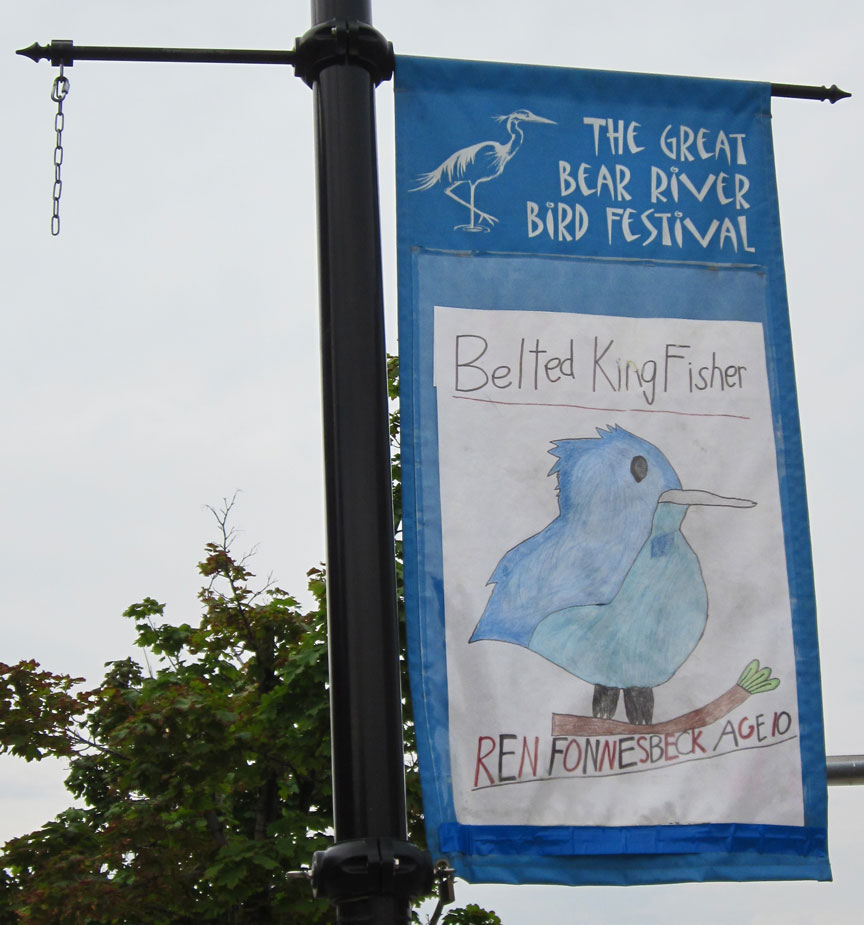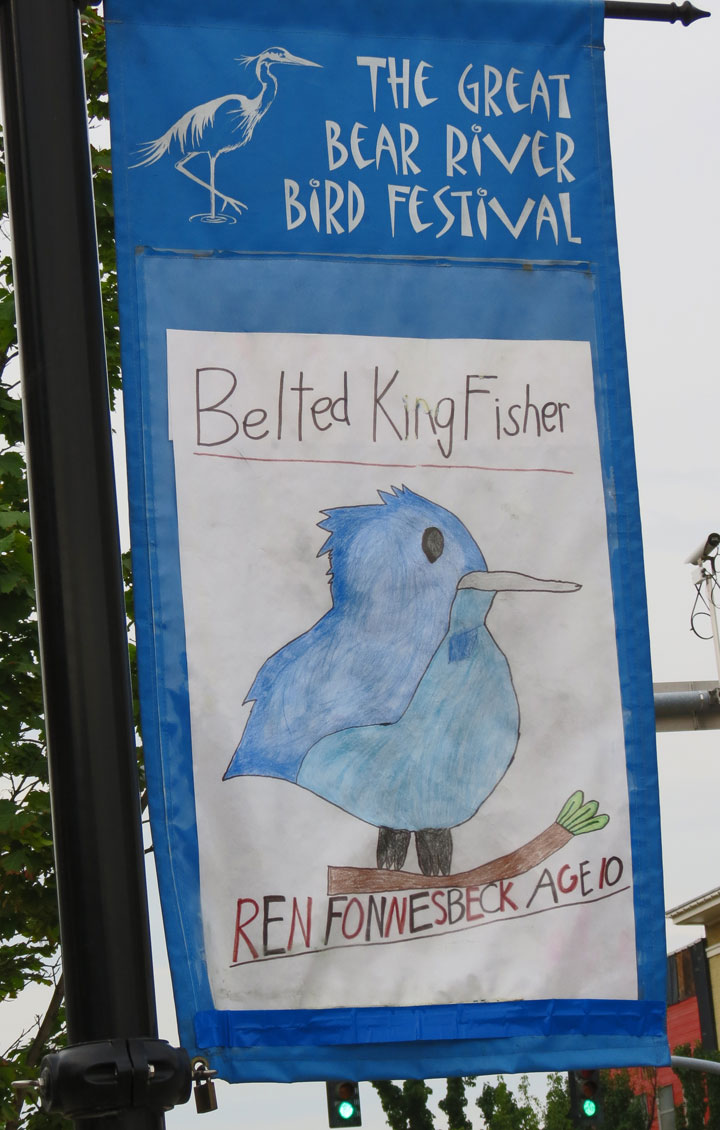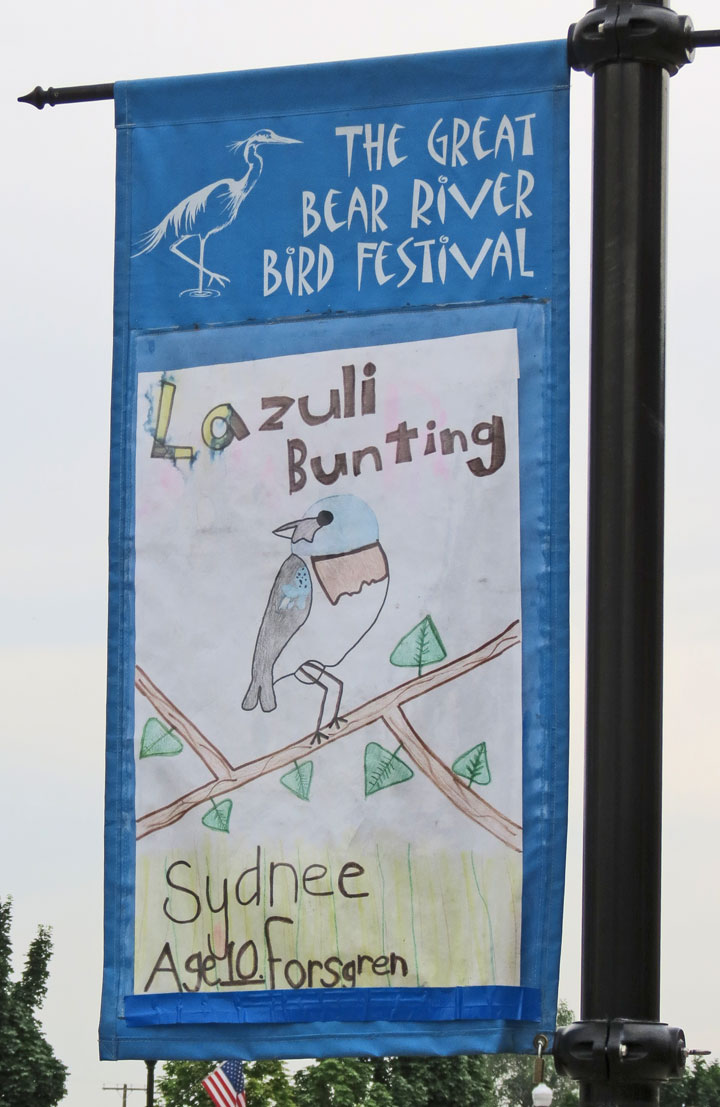

Brigham City
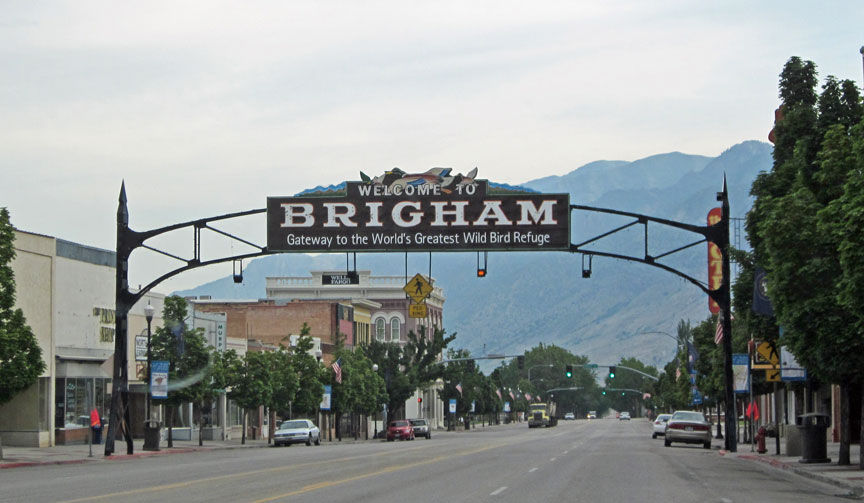
Brigham City is a city in Box Elder County, Utah, United States. The population was 17,899 at the 2010 census. It is the county seat of Box Elder County. It lies on the western slope of the Wellsville Mountains, a branch of the Wasatch Range at the western terminus of Box Elder Canyon. Brigham City saw most of its growth during the 1950s and 1960s, but has seen a struggling economy and stagnating growth since then. It is near the headquarters of ATK Thiokol, the company that created the solid rocket boosters for the Space Shuttle.
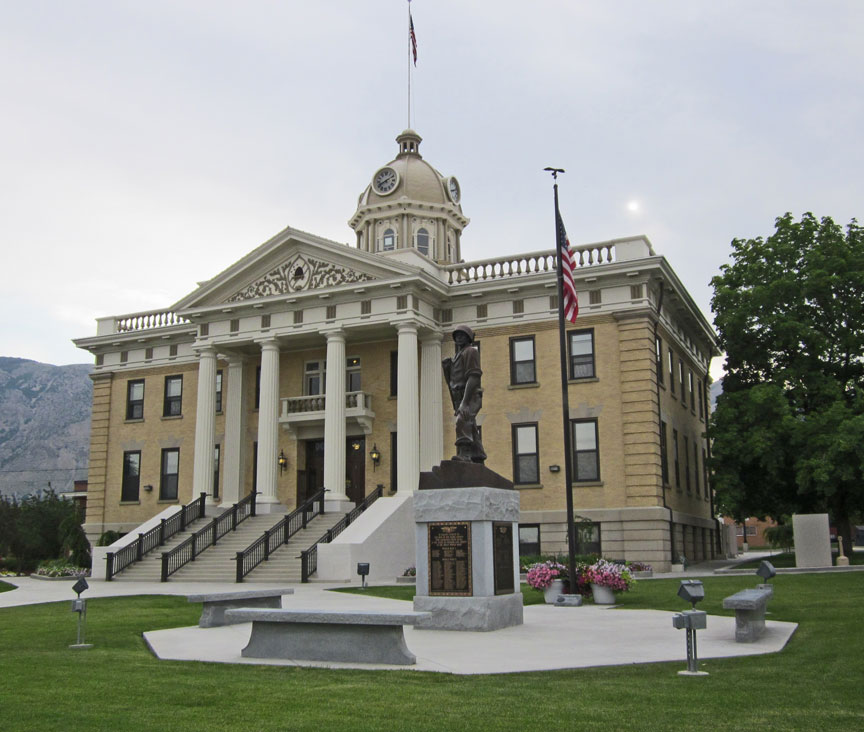
Box Elder County


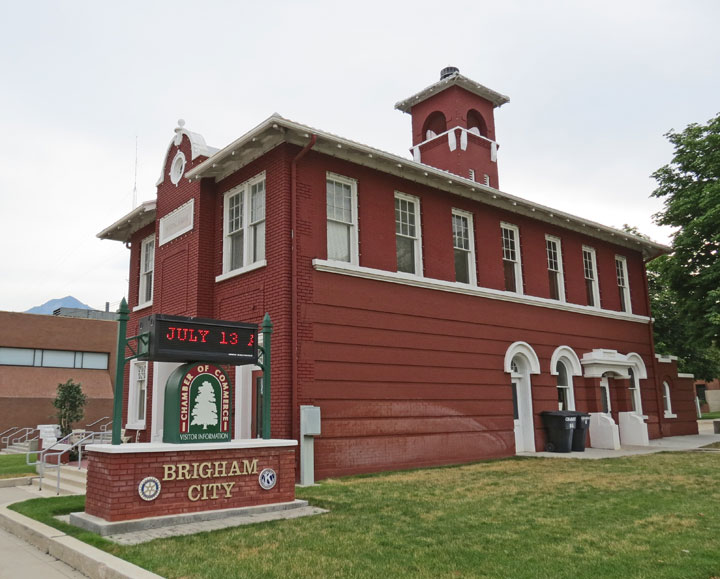
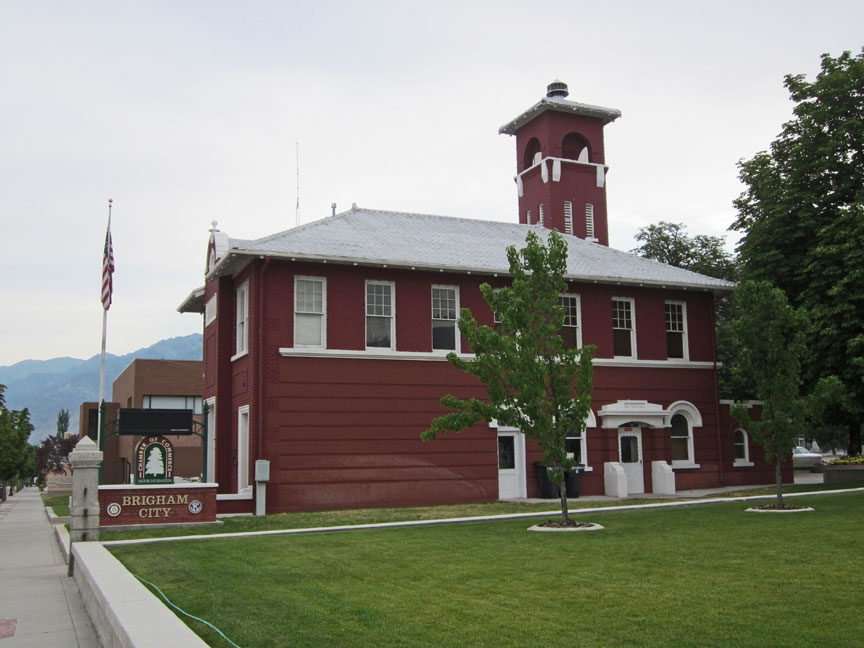
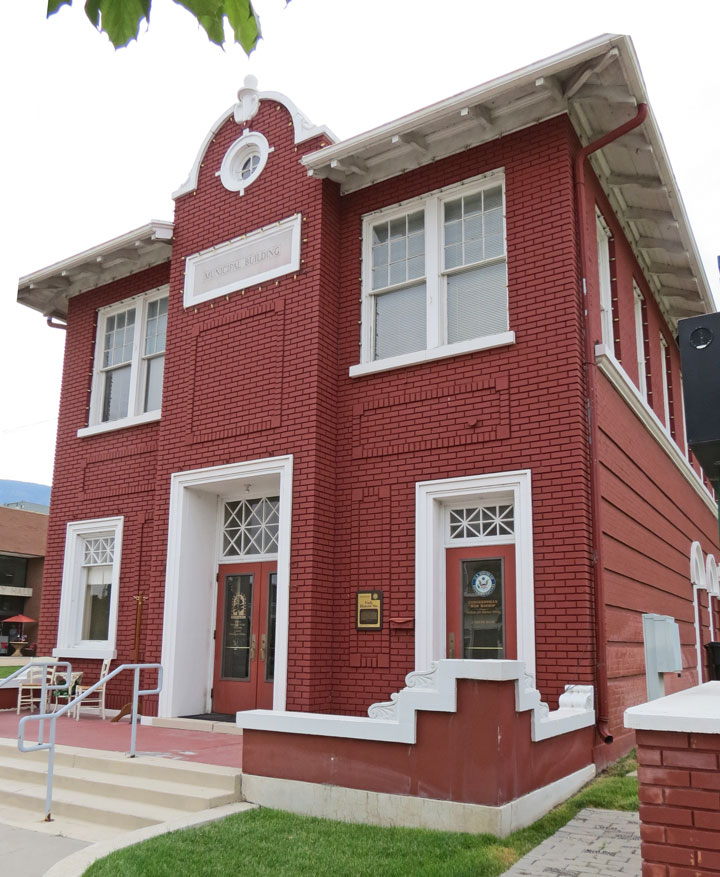
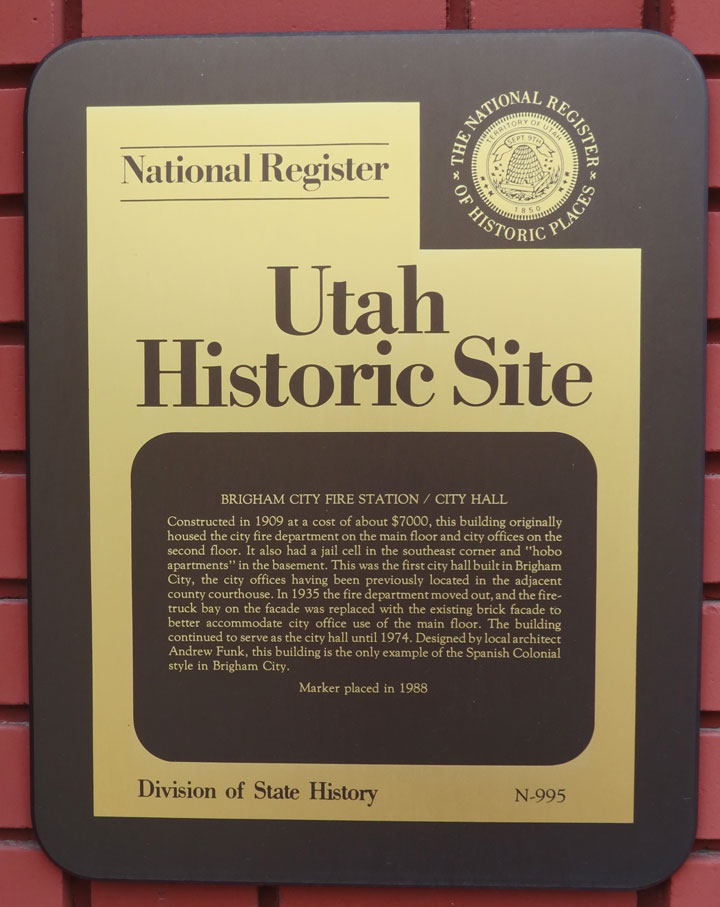
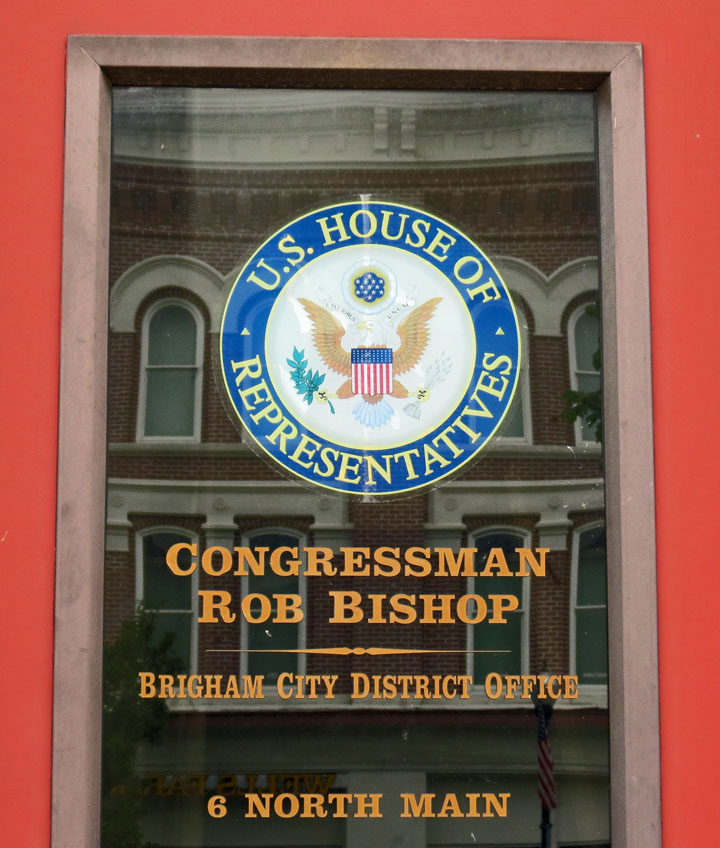
Congressman's Office
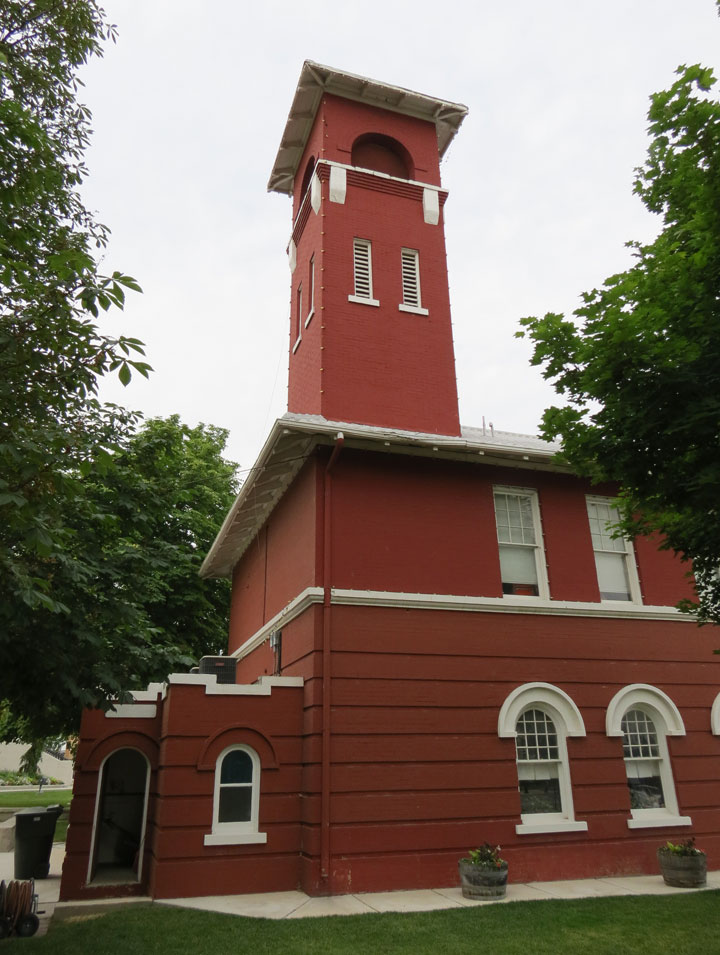
Brigham City is known for its peaches and holds an annual celebration called Peach Days on the weekend after Labor Day. Much of Main Street is closed off to cars and the festival is celebrated by a parade, a car show, a carnival, and other activities.
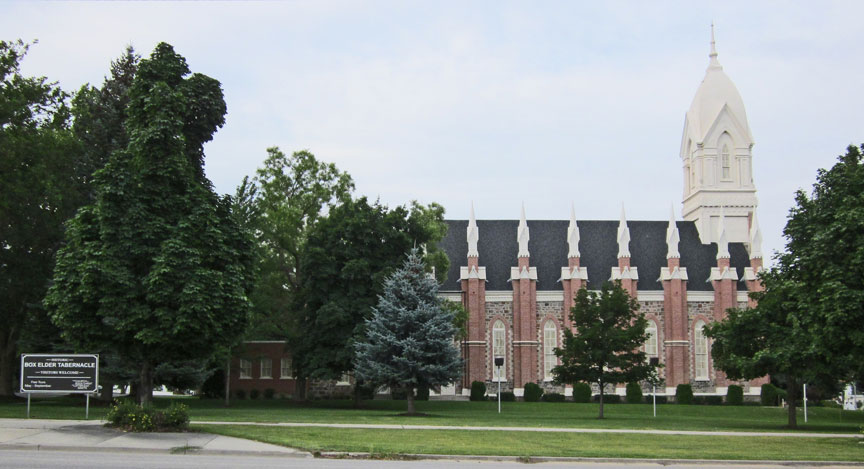
Box Elder Tabernacle
The The Church of Jesus Christ of Latter-day Saints (LDS Church) is in the process of building a temple in downtown, which will be the 14th in Utah.
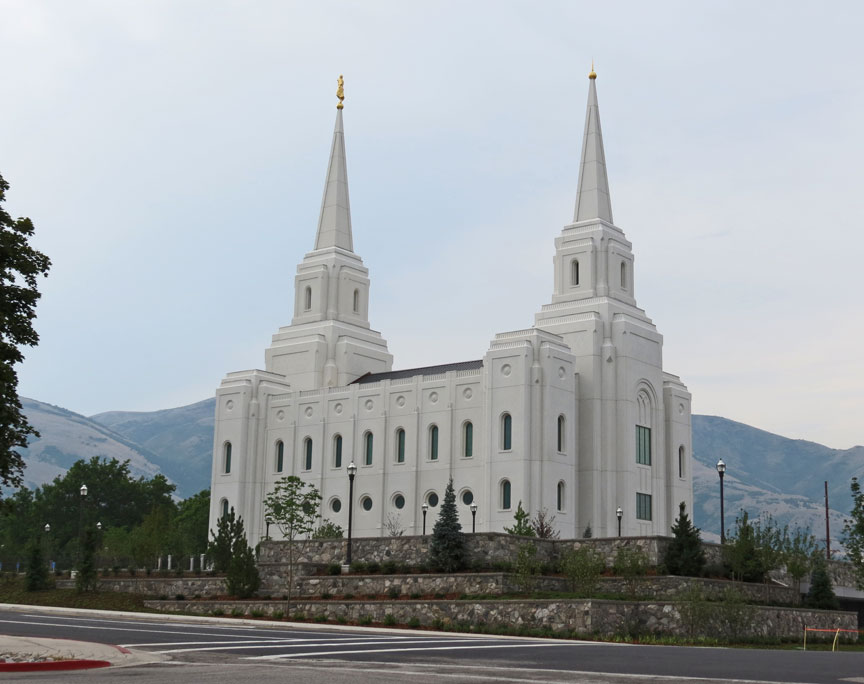
new LDS Temple
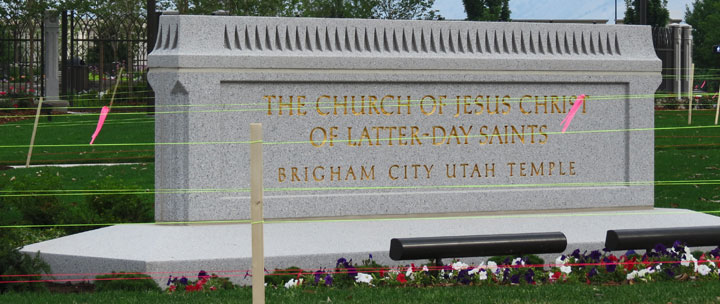
Mormon pioneer William Davis first explored the Brigham City area in 1850. He
returned with his family and others a year later to create permanent homes.
Brigham Young directed Lorenzo Snow to create a self-sufficient city at the site
in 1853. Snow directed both religious and political affairs in the settlement,
eventually naming it Box Elder in 1855. Brigham Young gave his last public
sermon there in 1877 shortly before his death and the name of the town was
changed to Brigham City after the church president. In 1864, the cooperative
movement began in earnest with the creation of a mercantile co-op store. Other
industries were added, and the Brigham City Co-op is widely recognized as the
most successful of the Mormon Co-op ventures. Economic hardships brought an end
to the Co-op in 1895, though the Co-op had first started selling businesses off
in 1876.
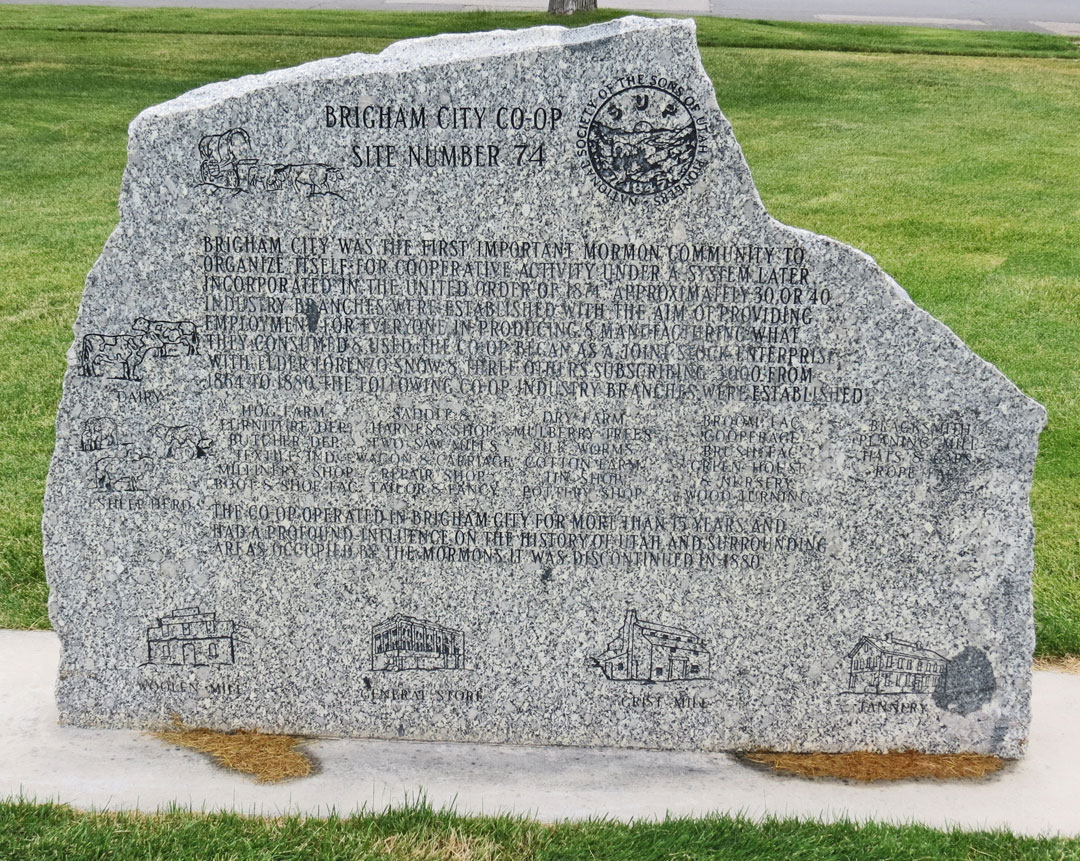


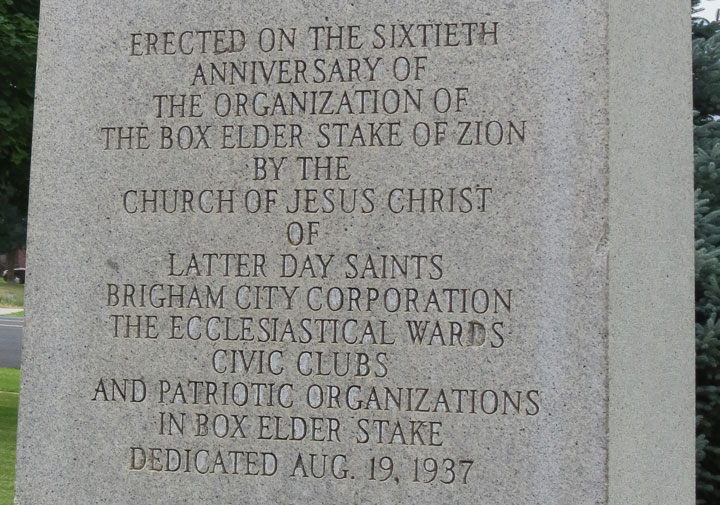
World War II brought a major economic boost to the city. The federal government
created Bushnell General Hospital on Brigham City's south side to treat soldiers
wounded in the war. Locals sold supplies and food to the hospital while hospital
staff patronized local businesses. After the war, the hospital's buildings were
used as Intermountain Indian School. Many young Native Americans attended the
boarding school until it closed in 1984, although the Intermountain "I" on the
mountain is still visible in tandem with Box Elder High School's "B". The
facility has left its mark in a number of other ways, with most of the buildings
still standing. Some have been converted into businesses and condos, while
others remain empty.
Historical sites
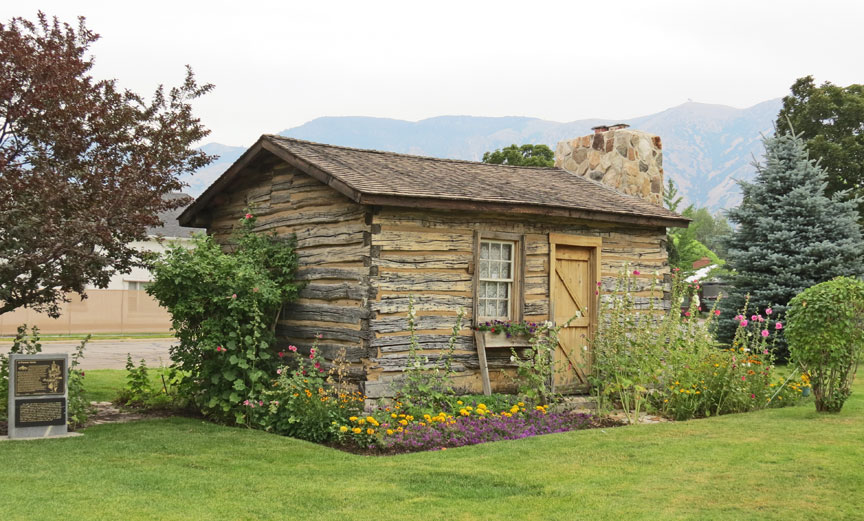
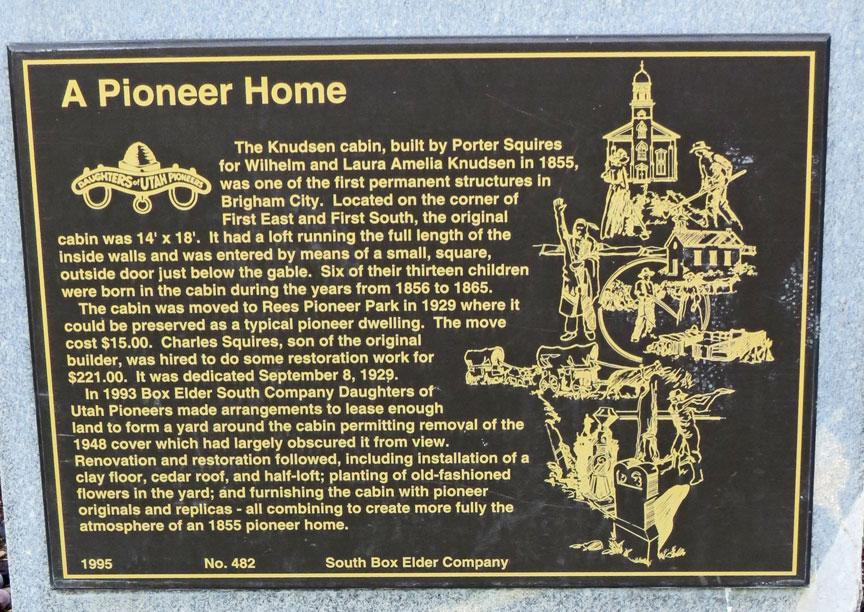
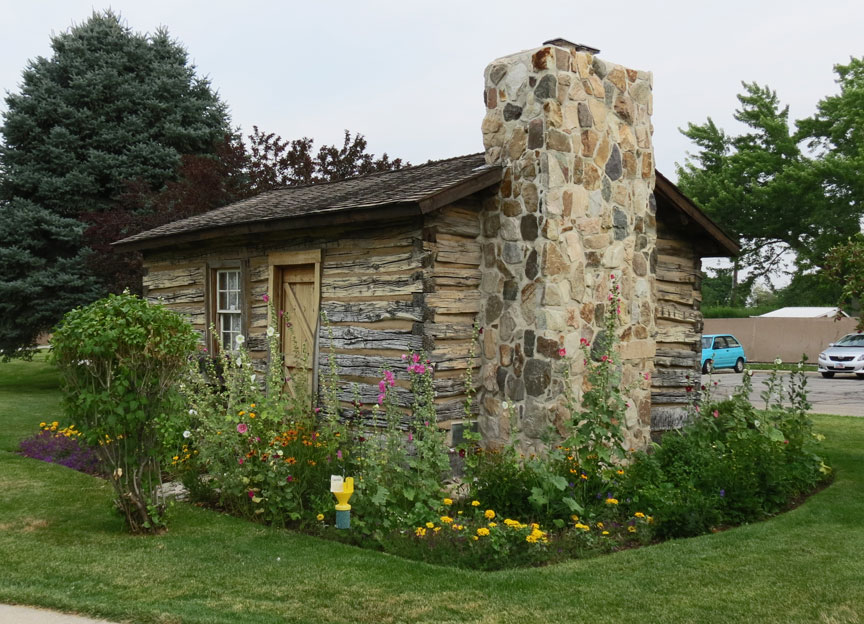

Tithing Office
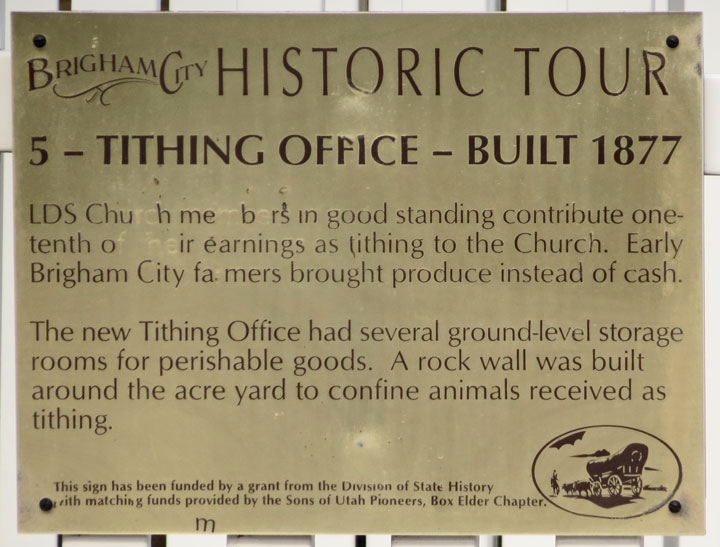
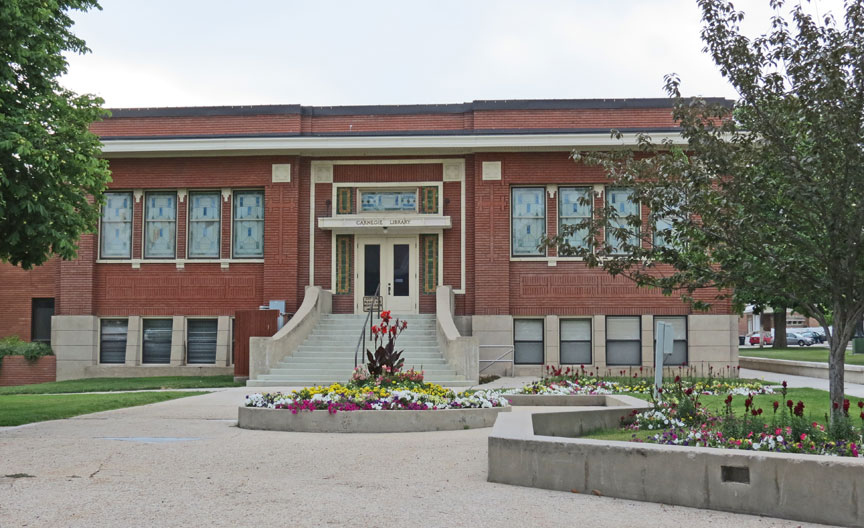
Library

Brigham City Hall
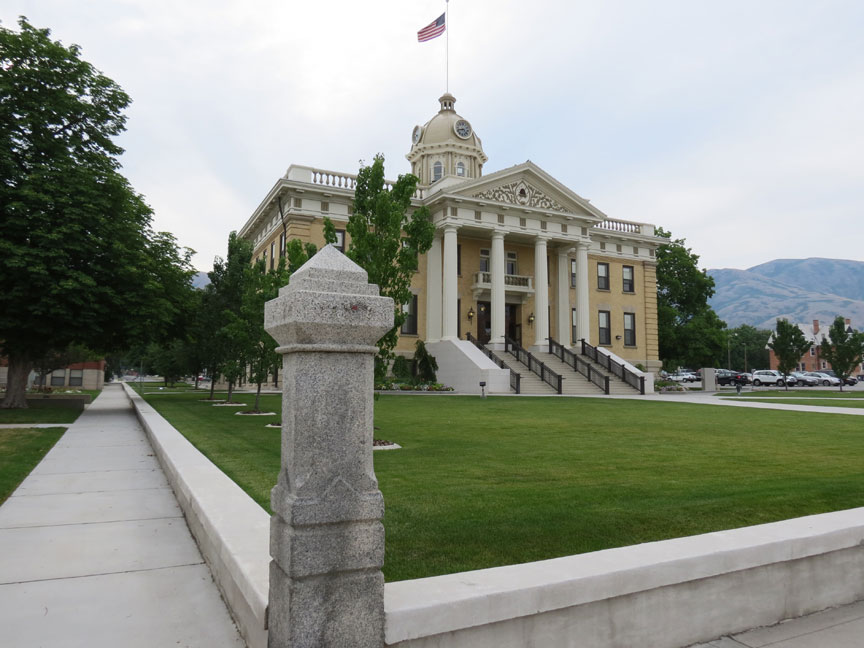
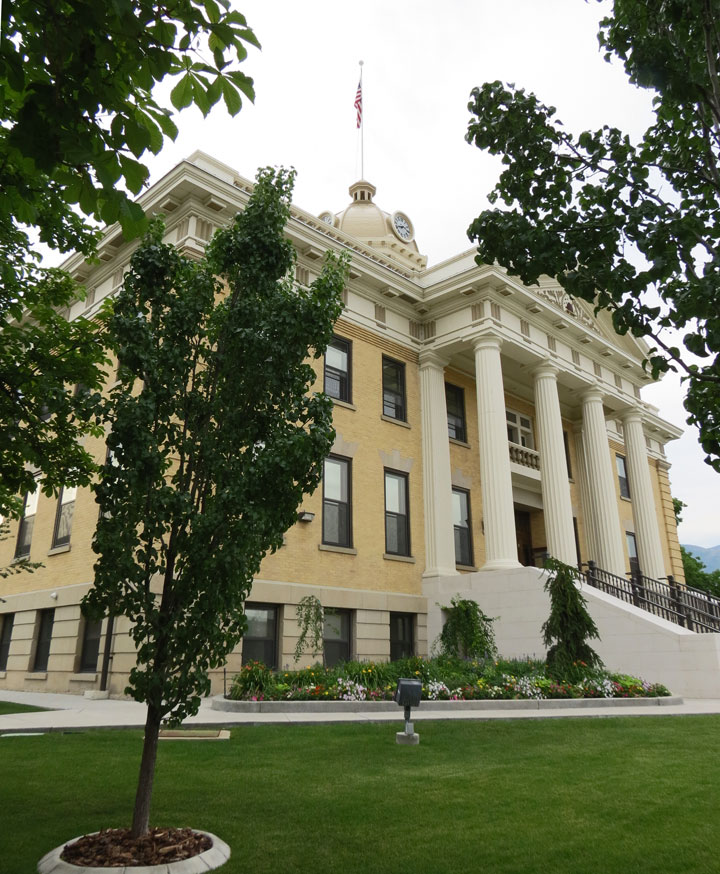
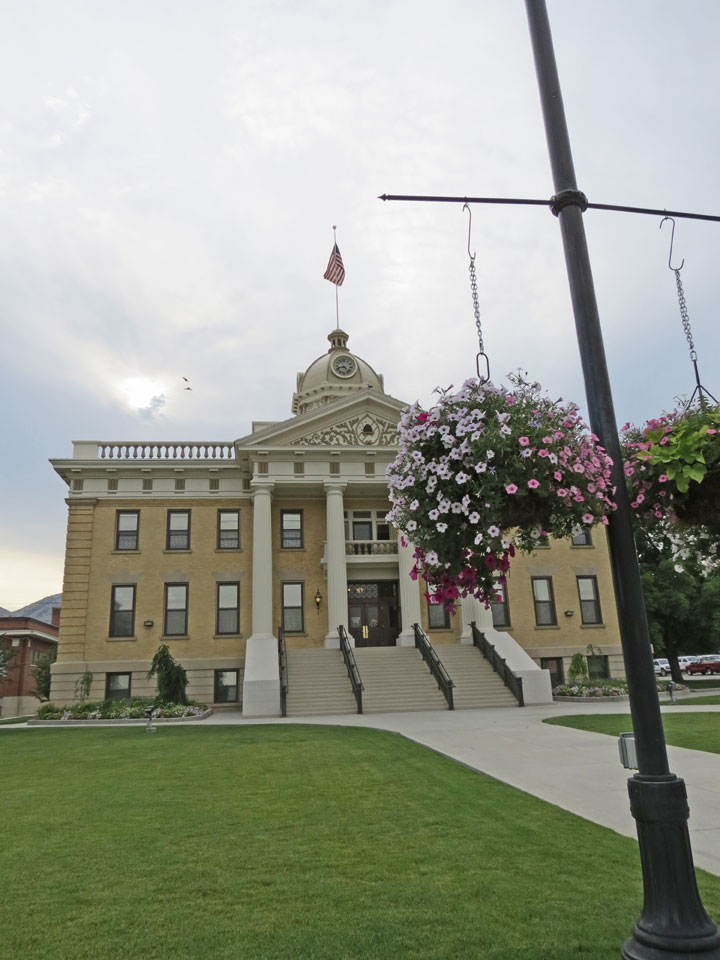
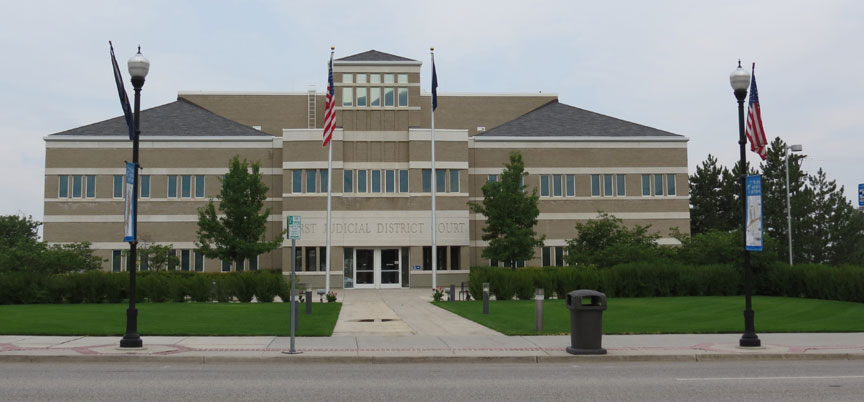
First Municipal District Court
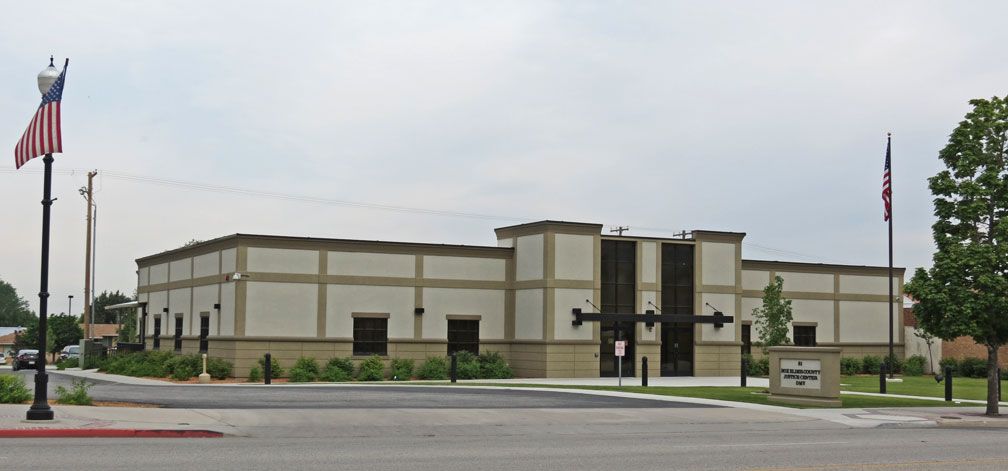


Grist Mill
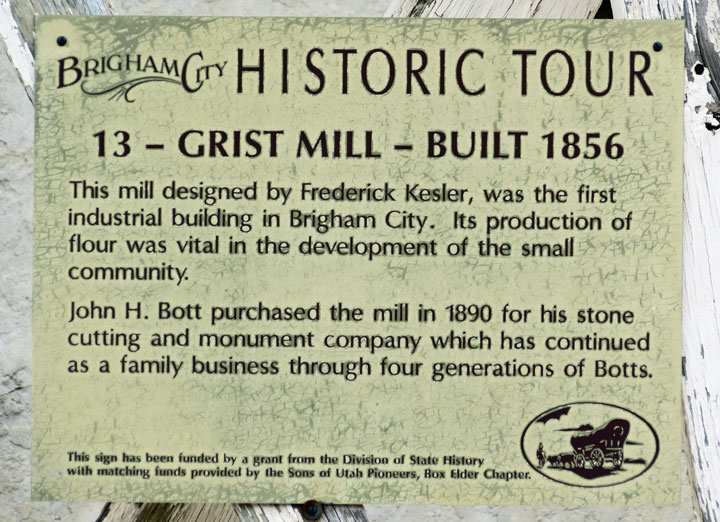
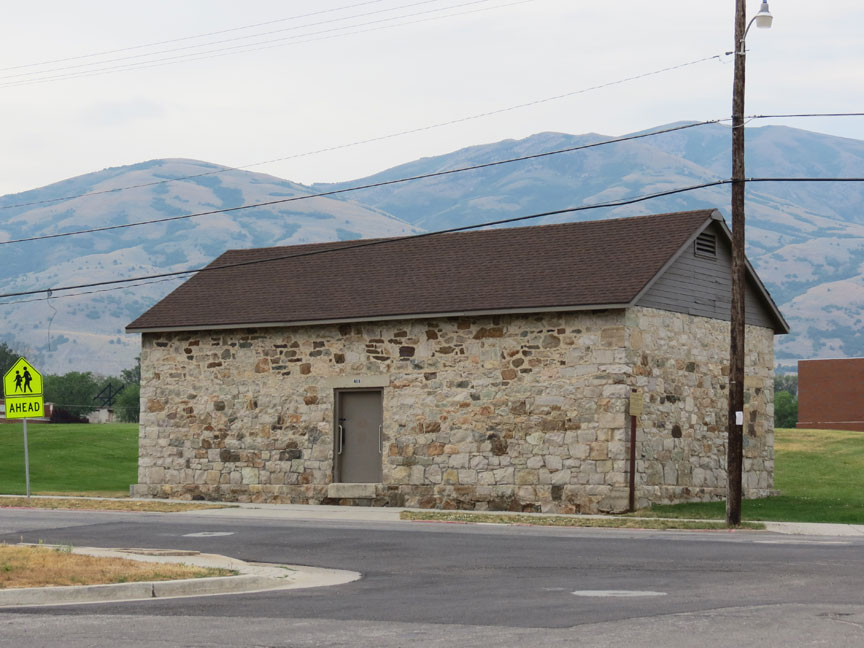

Relief Society Granary
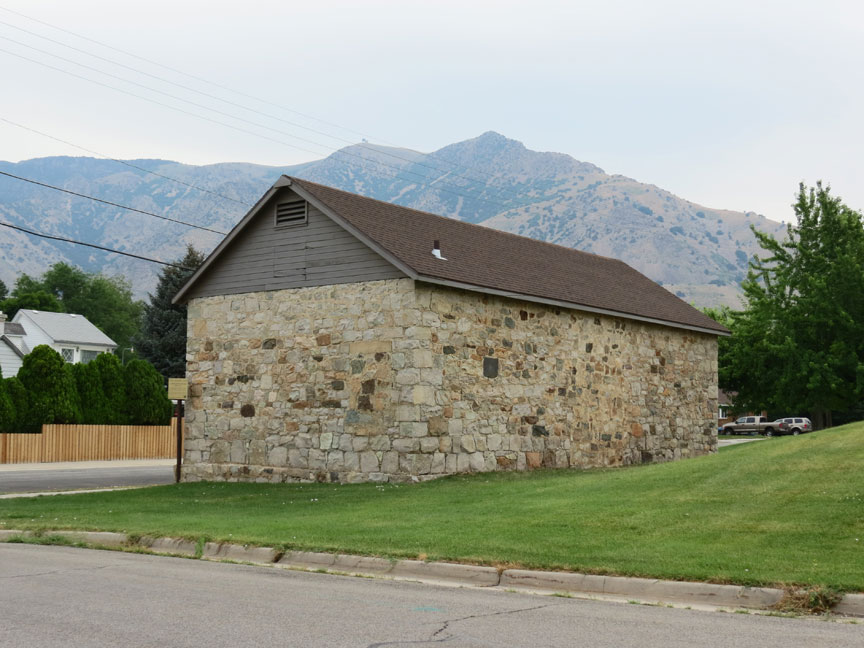
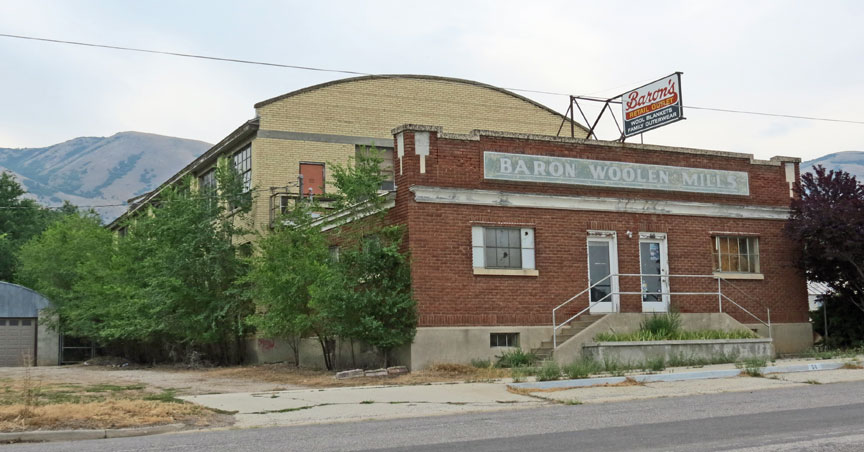
Baron Woolen Mills, 2007
Built in 1870 as part of the Brigham City Manufacturing and Mercantile
Association, the mill produced high quality blankets and sweaters from locally
produced wool fleeces.
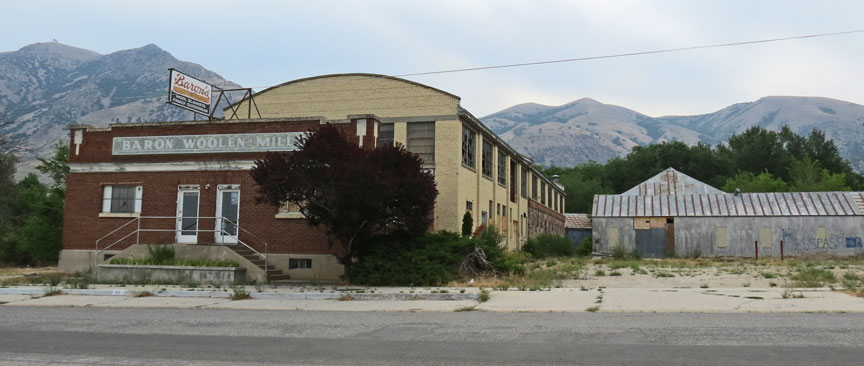
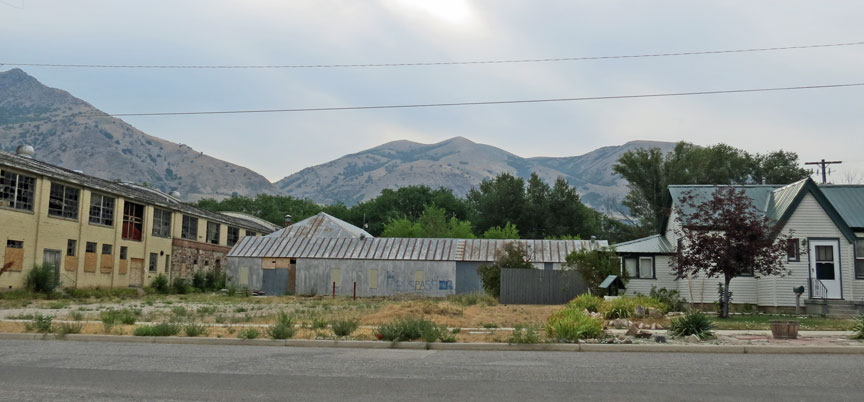
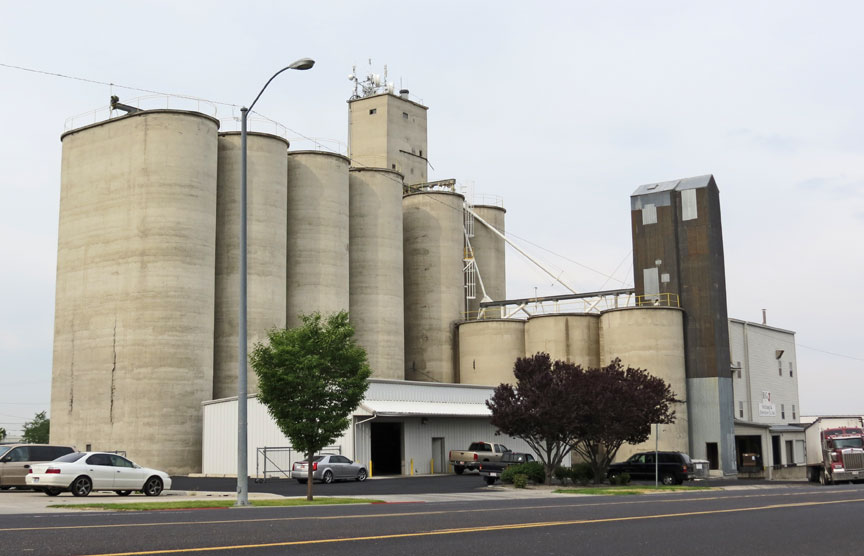

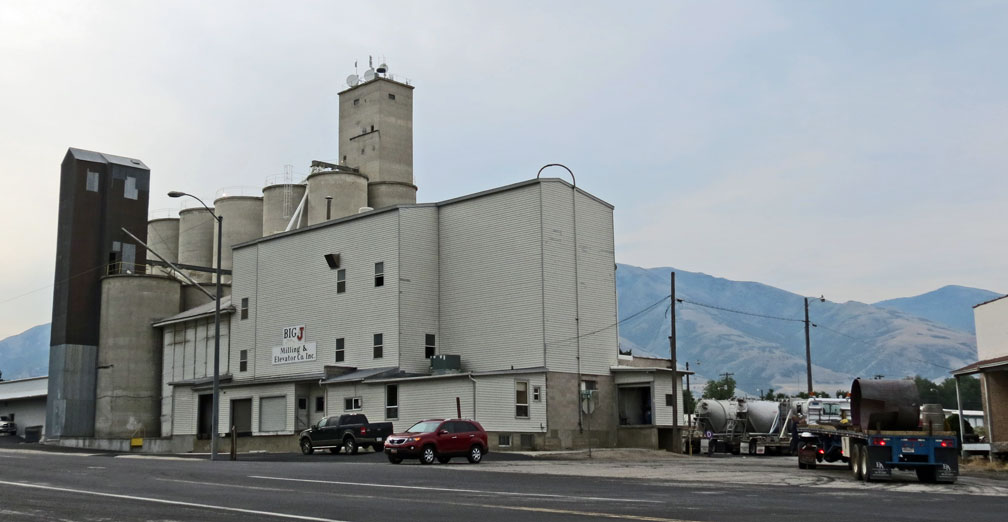
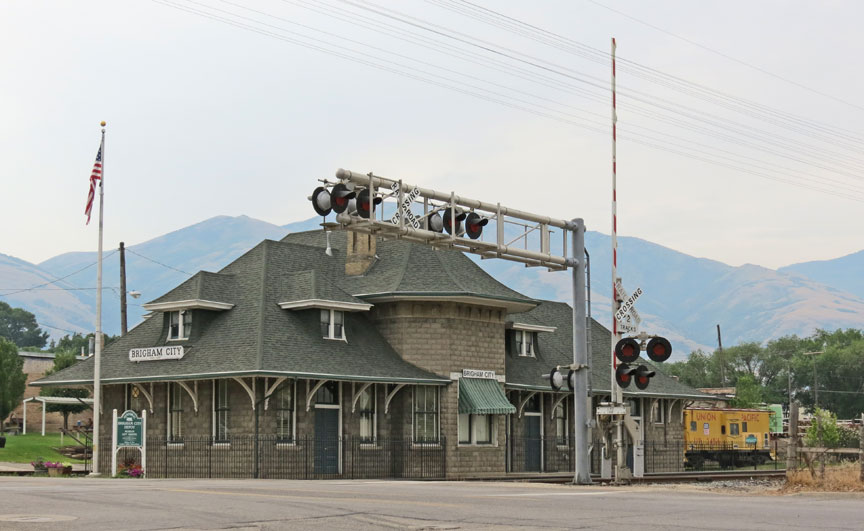
Brigham City Depot
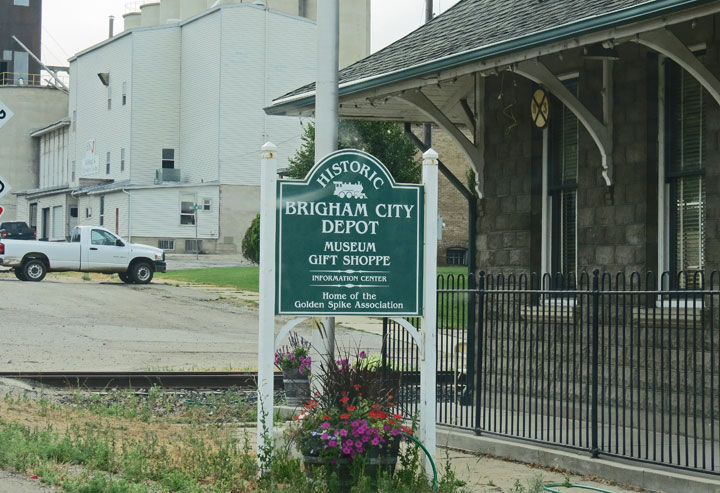
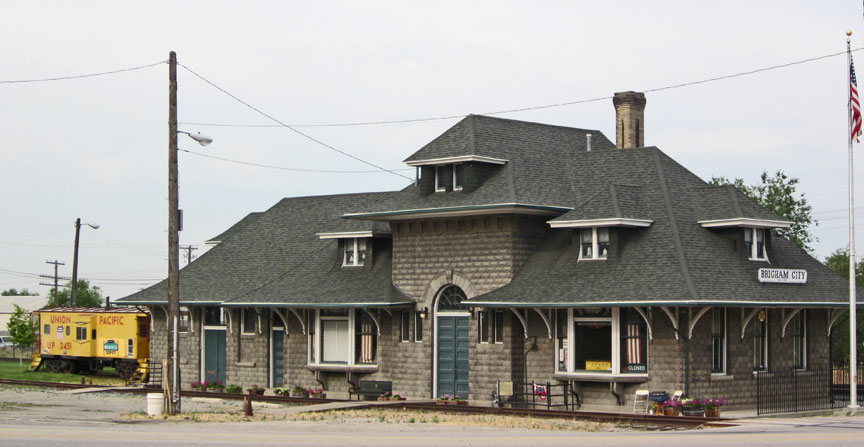
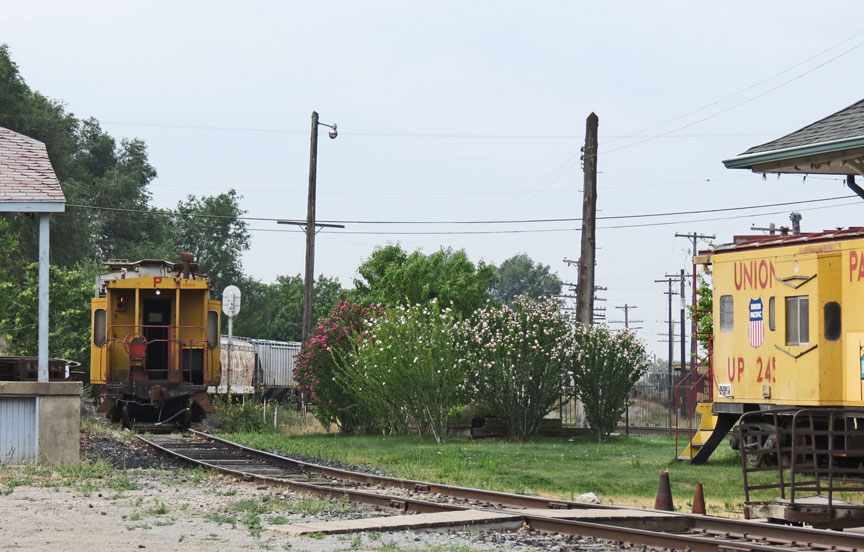
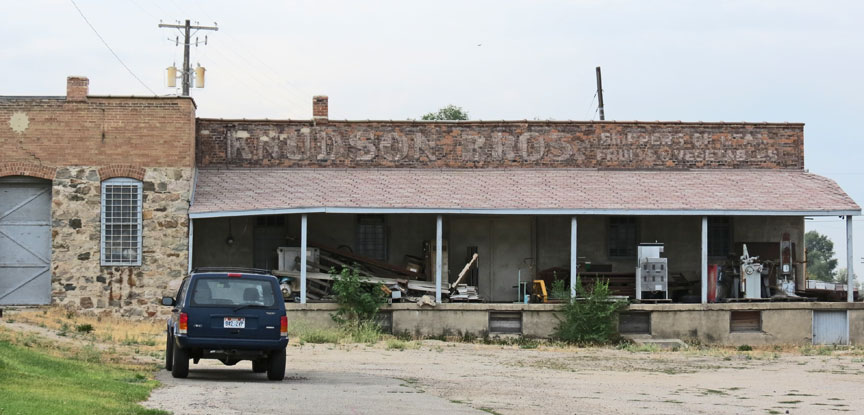
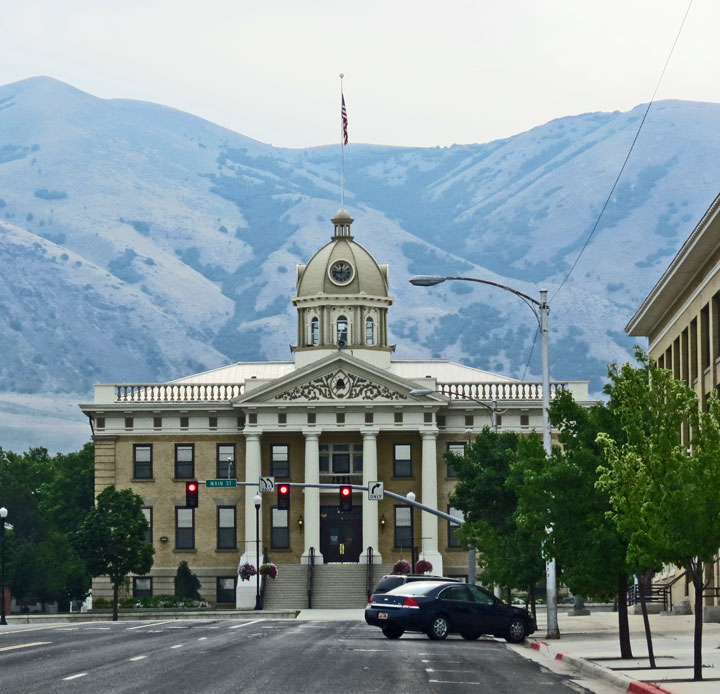
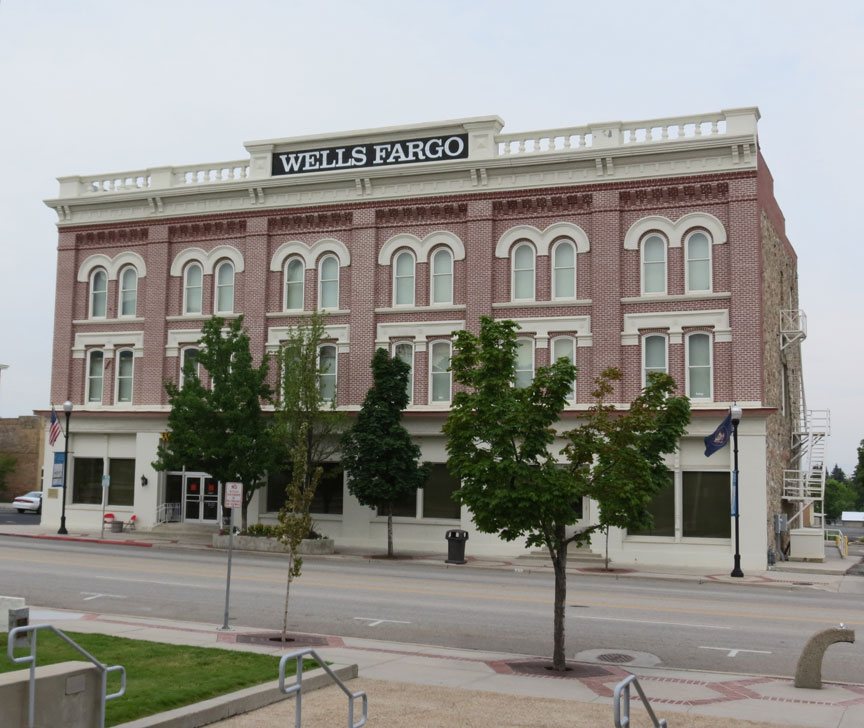
Wells Fargo building

Brigham City Archway Sign — Main Street
Installed September 6, 1928, this sign was financed by citizen donations totaling $2,400. The sign spans the width of Main Street, welcoming visitors to the charming business district. Made of opalite glass, the 12-inch-high lettering welcomes all to Brigham City, “Gateway to the World’s Greatest Wild Bird Refuge.”
Text from Wikipedia
